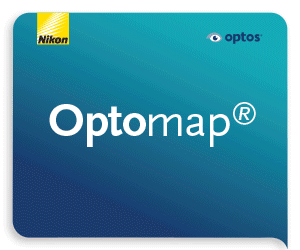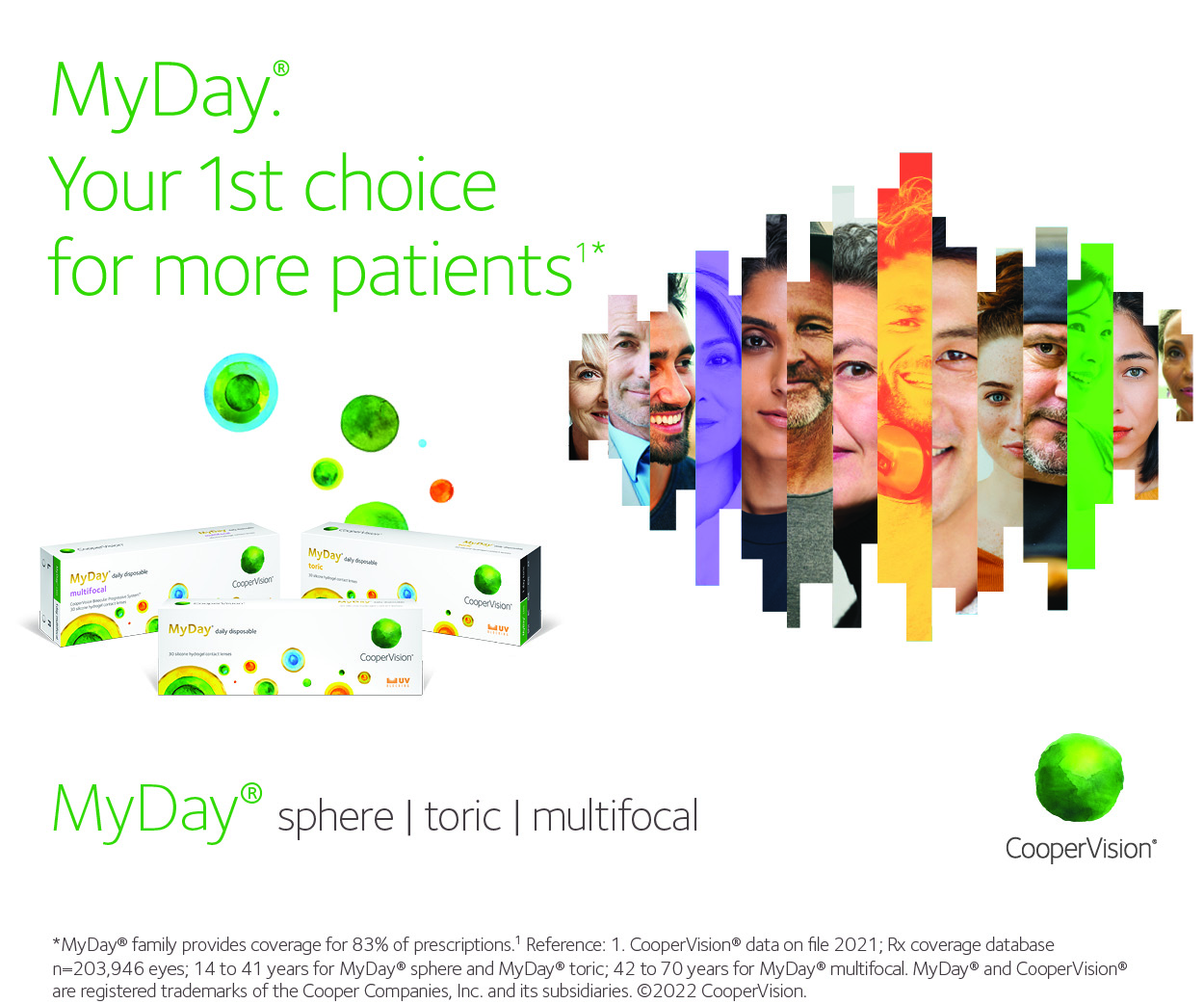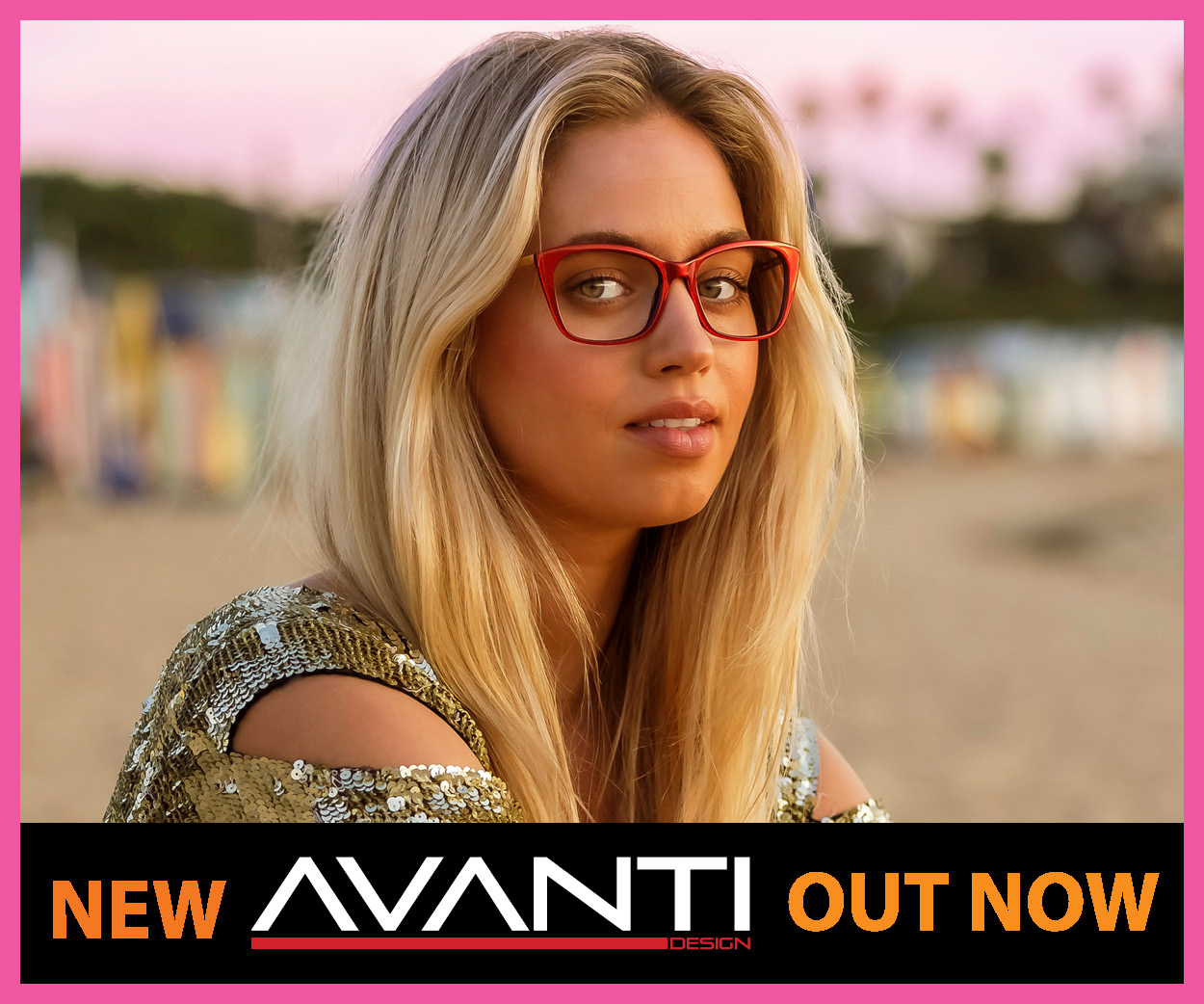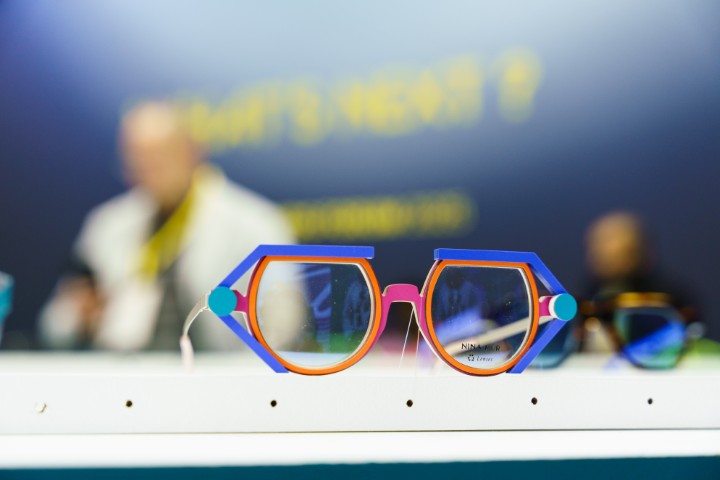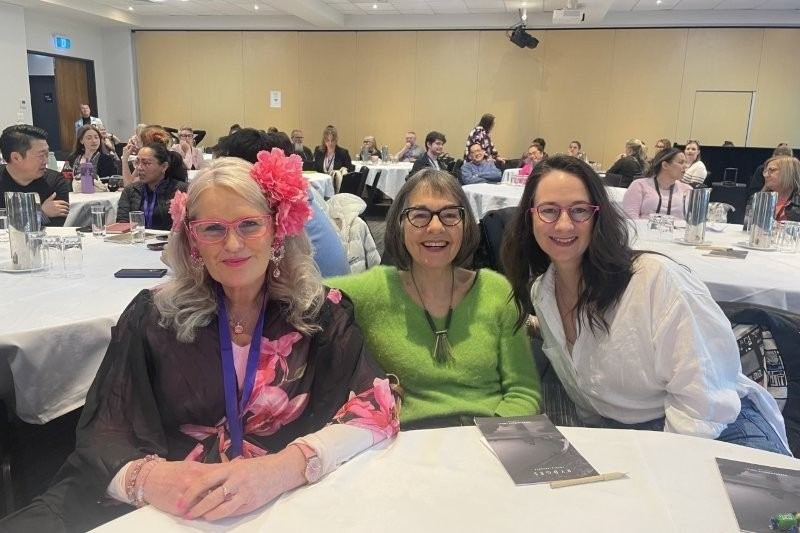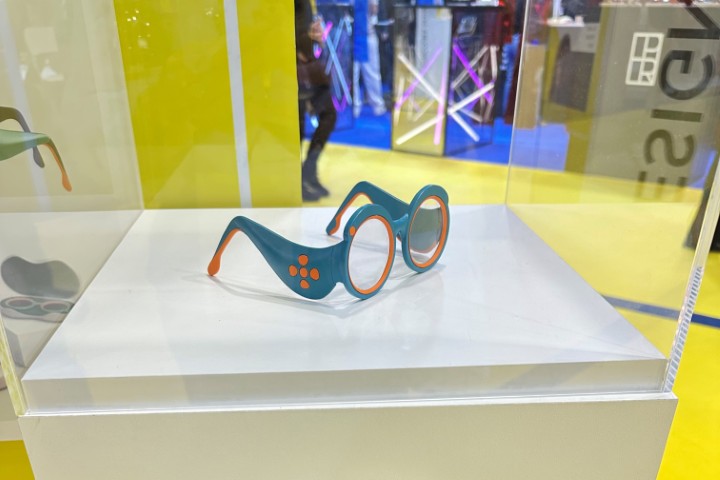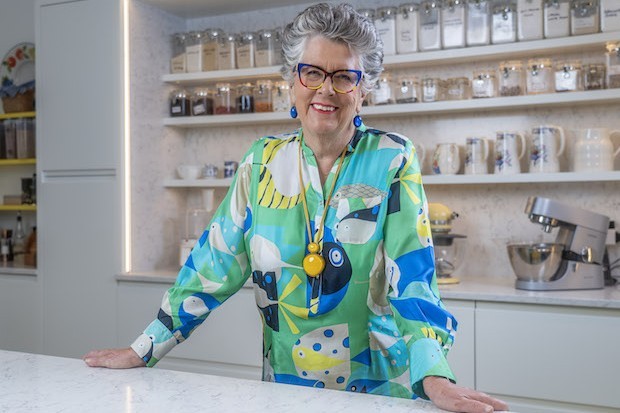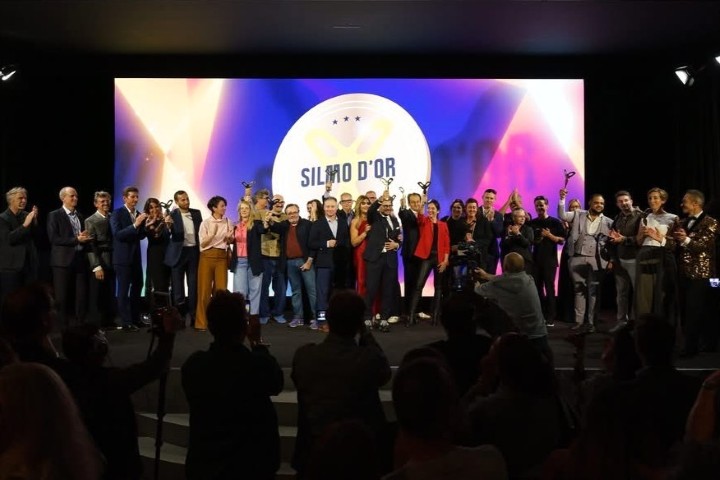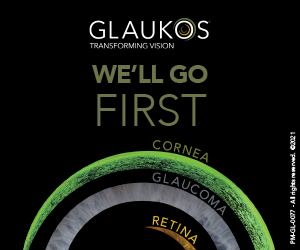Silmo Paris 2025 – shaping the future of optics
The impression Silmo Paris 2025 leaves you with is that change is everywhere and happening at a pace that is absolutely mind-boggling… and slightly frightening. But there is opportunity, positivity and an industry gearing up to transition into a future where elements, such as smartglasses, will likely become the norm and AI is integrated into everyone’s daily life and optical services.
Silmo event director Eric Lenoir predicts a total transformation of the market in the coming years. “Tomorrow, a pair of glasses will replace the smartphone. This will change the role of the optician and the industry as we know it.” For more about Silmo Next and the latest tech advances see NZ Optics’ December issue.
Get ready for (more) colour
Tech aside, entering hall 6 on day one of Silmo Paris completely blew my mind. The colours, the incredible stands, the craftsmanship, passion and friendliness of almost everyone I encountered was just amazing. I kept thinking of Siu-Yin Shing’s May article about how she wished every optometry practice was a little bit like an optical fair, as it would transform shopping for glasses into pure joy and would also likely make people a bit braver in selecting a frame!

Lafont offered something different with colour consultant Ophélie Le Reflet on the stand
Reminiscent of last year’s Silmo, many of the busy stands were fizzing with colour and most people I spoke to were very clear that if there’s one thing practices need to stock, it’s colour. Woodys Eyewear’s marketing manager, Maria Genís, said her sense is that customers, even in more conservative markets, are learning to wear colour. Her pick for the upcoming season is colour (lots of burgundy, turquoise and cream was to be seen on Woodys’ ‘Unique Bakery’ stand) paired with thin acetates, offering comfort and lightness. Eyespace’s head of marketing Nicky Clement said Cocoa Mint is on a similar tack, while its high-end brand, Aspinal, has a timeless feel of quiet luxury and includes more metal options.

Woodys Eyewear Silmo team: founder and CEO Josep Dosta (centre) and Maria Genís (far right)
Celebrating three decades of Face à Face creativity and innovation, designer Claire Ferreira said she also wishes wearers would be more daring with colour. “Our mantra is sculpting in colour – this is what we do. Because people want colour in their life, right now, in this time, you want lightness, you want expression, you want to feel good with your inner self and to express your joy. I think it's important, it’s a bit like a medicine. You see yourself every day and you show yourself to others. Dare to find your inner self and try something new.”

Wolf Eyewear’s Tom Wolfenden
At Silmo for its French launch, Wolf Eyewear’s Tom Wolfenden also presented a bright, vibrant collection in easy-to-wear shapes. Purely independent and family-owned, Wolfenden said the company’s focus is to build a positive community, so he spends a lot of time with his customers. “To be competitive, opticians need to create a portfolio that works long-term, catering to people in all stages of life,” he said. “They also need to talk more with their reps, who know what people want and know your customer demographics.”
Is a great product enough?
A theme that kept bubbling away over the weekend was how best to attract customers. The consensus was just having a great product doesn’t quite cut the mustard.
Kirk & Kirk founder and co-owner Jason Kirk believes the best way to approach customers is to excite them. “Many retailers in New Zealand, like Kay McFarlane and Michael Holmes, have a great ability to communicate not just the product but the story, which I believe is key.” Relating that to his own company, Kirk said it’s one thing to talk about products on their own, but when you also talk about Kirk & Kirk’s 100-year family history in optics – the innovation that his grandfather brought to optics* – that's what makes the difference. “I think that's what makes the consumer excited about the product, it’s something different and unique.”

Jason Kirk with the Centena Collection, celebrating the Kirk family’s century in optics
Lafont’s marketing manager Agathe Blondel De Joigny also said Lafont’s story, values and French origin is what sets the company apart. “Originally inspired by Paris haute couture and femininity, Lafont is a family business with a passion for beautiful products and respect for eyewear’s heritage. More than 80% of our frames are produced in the Jura region in France and we have been partnering with the same manufacturers for more than 40 years.”
Lunetterie de Jura’s president Pierre Verrier has found a different way of connecting with customers and building lasting relationships. The company’s brand Zenka (formerly Face & Cie) offers just three different optical styles but with unlimited clip-ons offering versatility of shape, colour and pattern. “What we say to our French opticians is that you generally see your customers every four years, when they need to change their glasses. But with Zenka, people will come to the shop twice, three, four times per year to see the new clips. So, after some time, the lady – most of the time it's a lady – will have maybe 20, 30, 40 or 100 clips. It's a big investment and the reason why we have ladies wearing this frame for 13 years. And we don't distribute to all optical shops so, as a customer, you will come back to the shop that represents our brand. It creates loyalty.”
Less is more
Silmo 2025 also showcases the very best of product displays and there are countless examples of beautifully curated and themed stands exhibiting stock in the most exciting ways and with perfect lighting. So, when you have the product and the story, Design Eyewear Group’s PR and trade show manager Michaëlla René’s advice to practices is to apply a ‘less is more’ approach and showcase one or a handful of frames to attract more eyes and “more quality looking”.

Res Rei – simply stunning and very popular in French opticians’ windows
“This is so important and we would like to encourage all opticians to visit Face à Face’s flagship store in Paris. Our shop is set up just like a laboratory for them, showcasing an experimental way of highlighting the products in the shop and in the windows in the right way.” The displays need to be harmonious, in terms of colour and shape, but that doesn't mean everything needs to be blue, for example, she said. “But really, the most important thing is to have space around each product because then your eye can actually see it better.”
What’s next?
Over the weekend, both the more independent-focused hall 6 and mostly corporate hall 7 were humming with people making connections and doing business. Most of the brands I visited said business was good and, according to Silmo president Amelié Morel, the 2025 show welcomed 33,358 professionals, with 52% international visitors and 48% French attendees, representing a net increase of 6.5% on last year’s numbers. More than 900 companies showcased their expertise and innovations, reaffirming Silmo Paris’ role as a catalyst for opportunities, where creative vision and cutting-edge technology converge to drive the industry forward.
Next year, Silmo Paris opens its doors from 25 to 28 September but, if you want to get a slice of Silmo sooner, Silmo Academy is launching a new congress in Bali from 6 to 8 April 2026.
Merci, Silmo – à bientôt!
*According to Kirk & Kirk, Jason Kirk’s grandpa Sidney and his great uncle Percy invented the first adjustable nose pad, The Facelift, in the 1920s.




